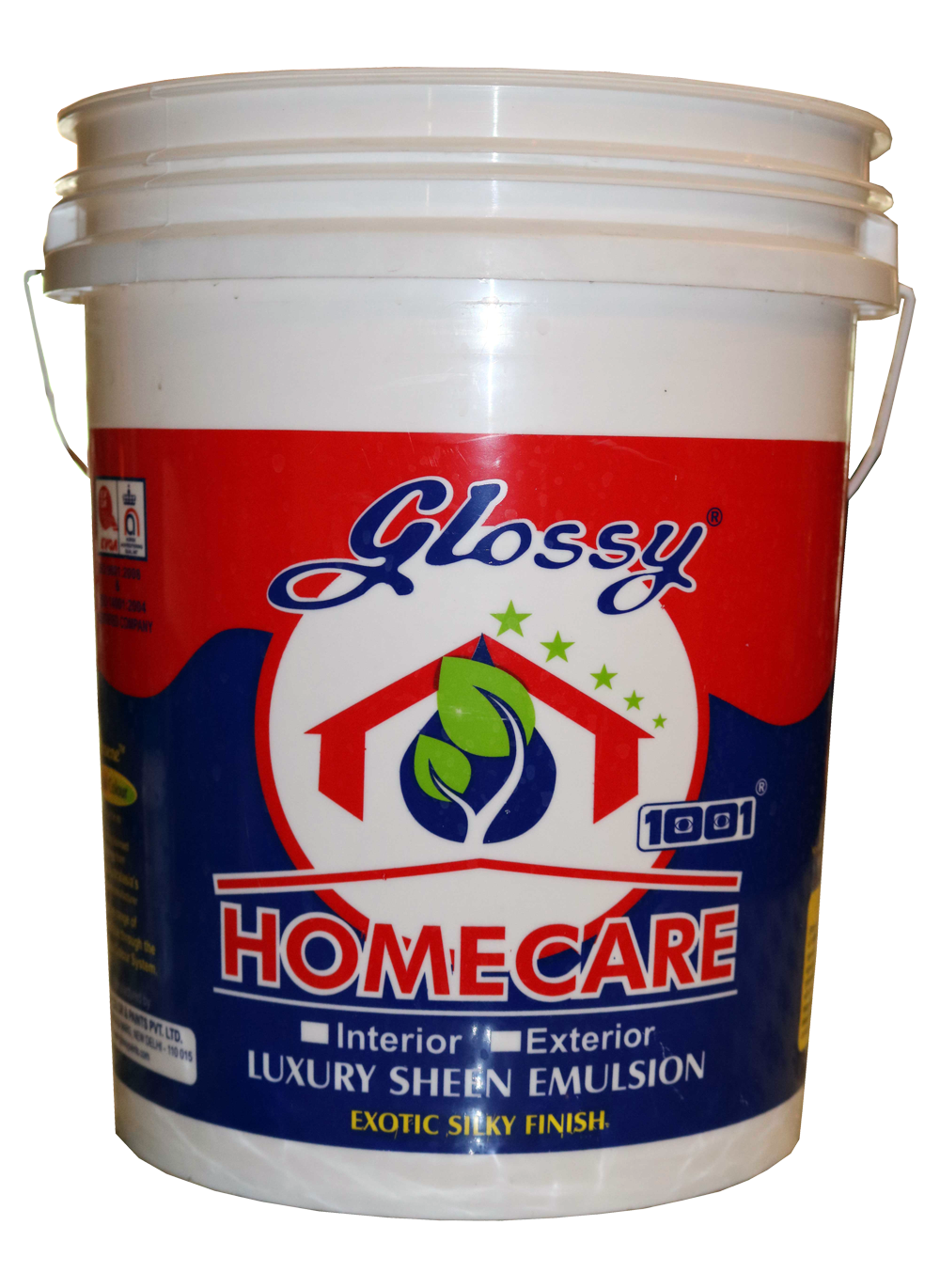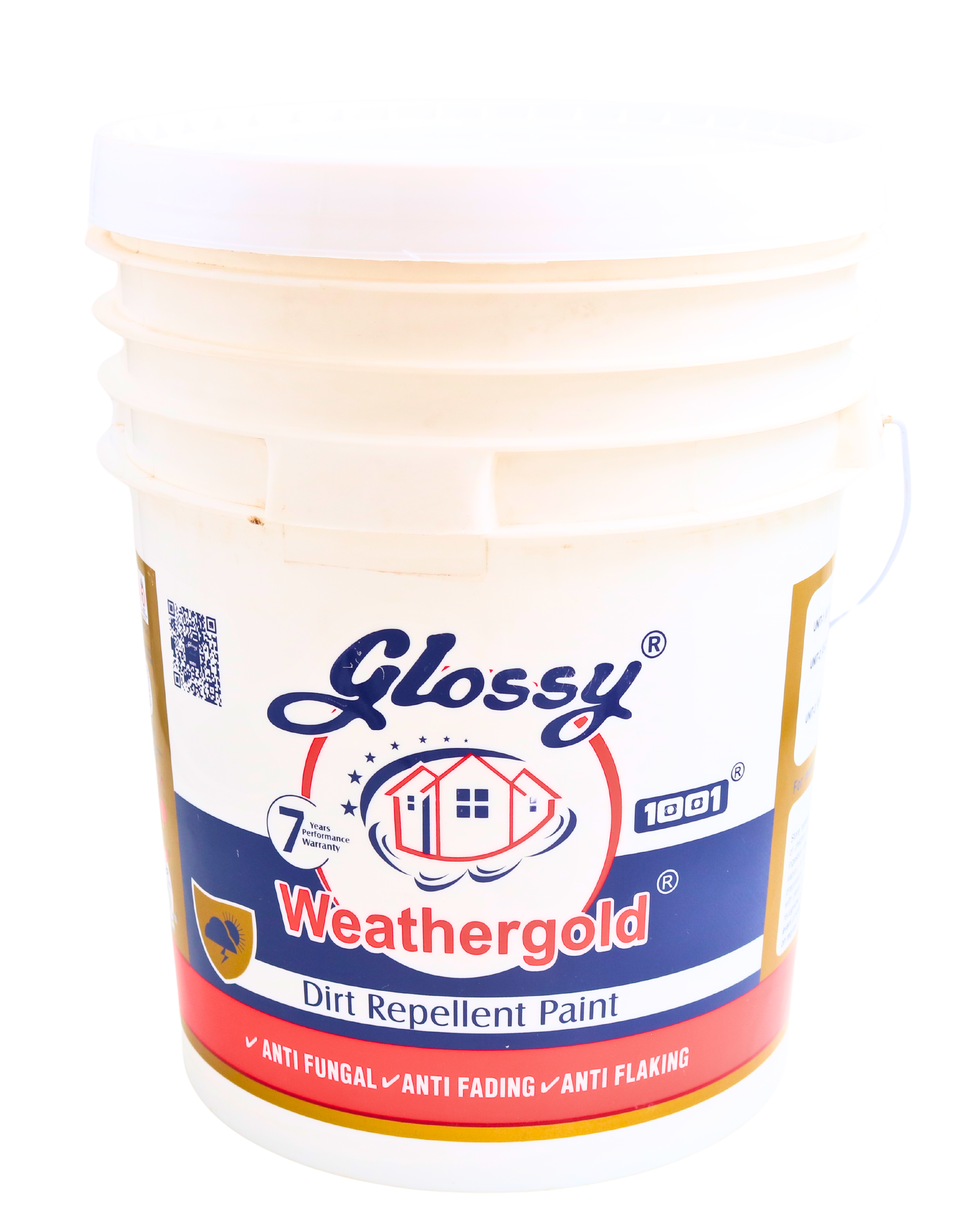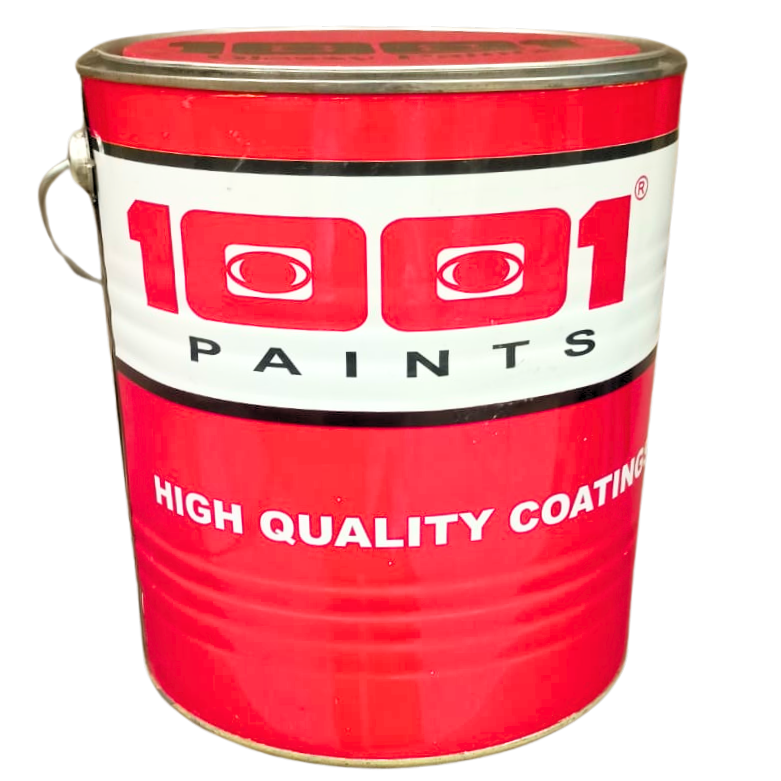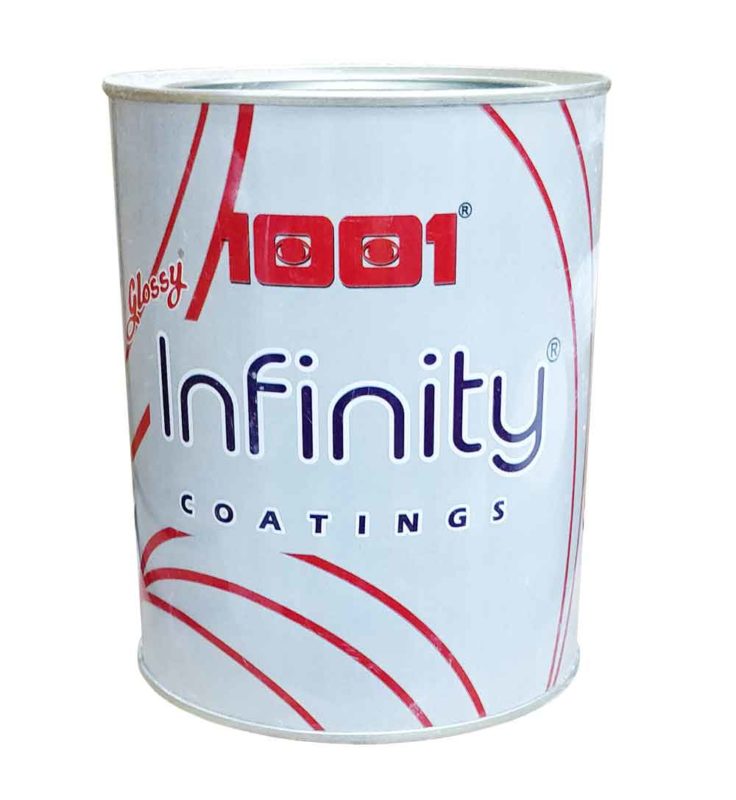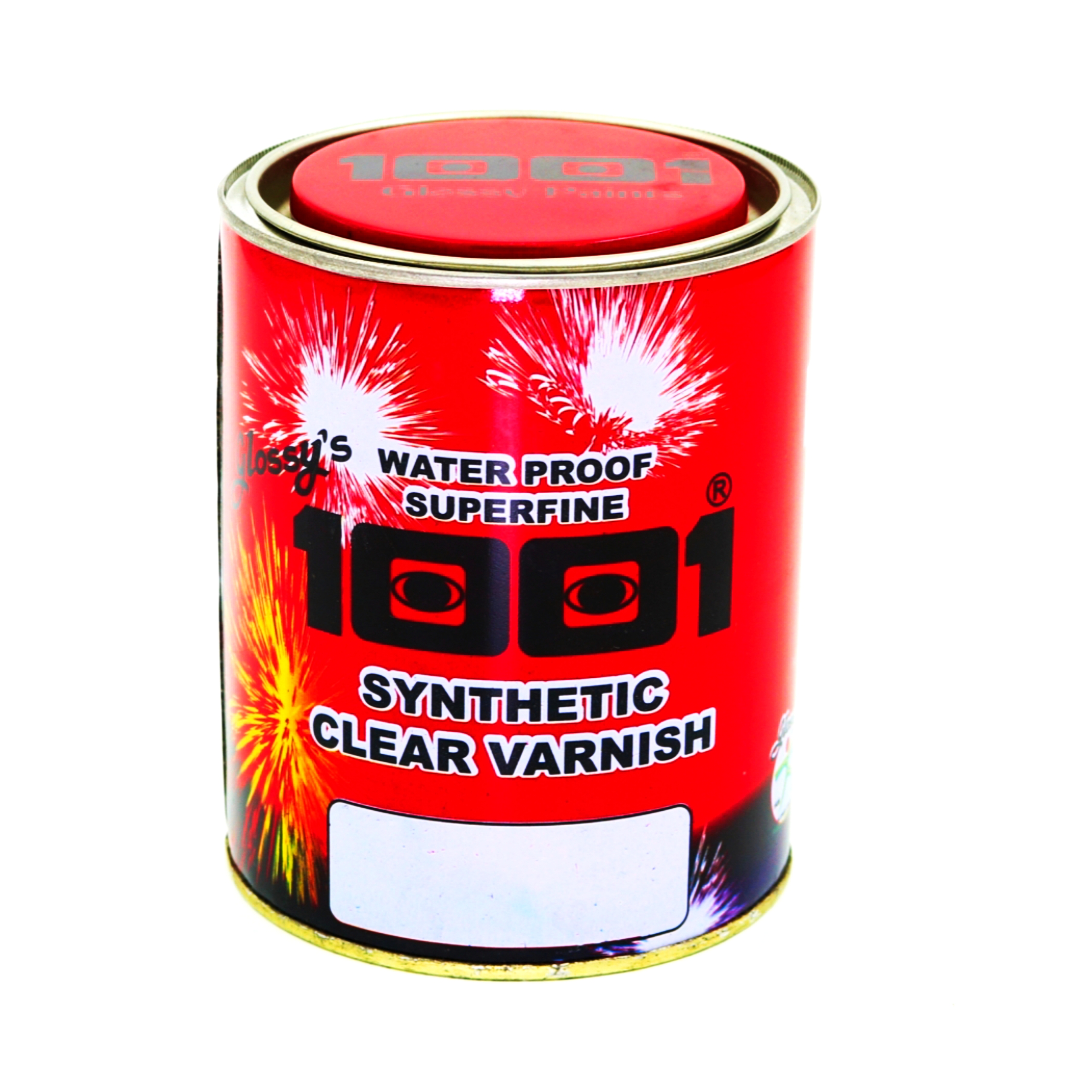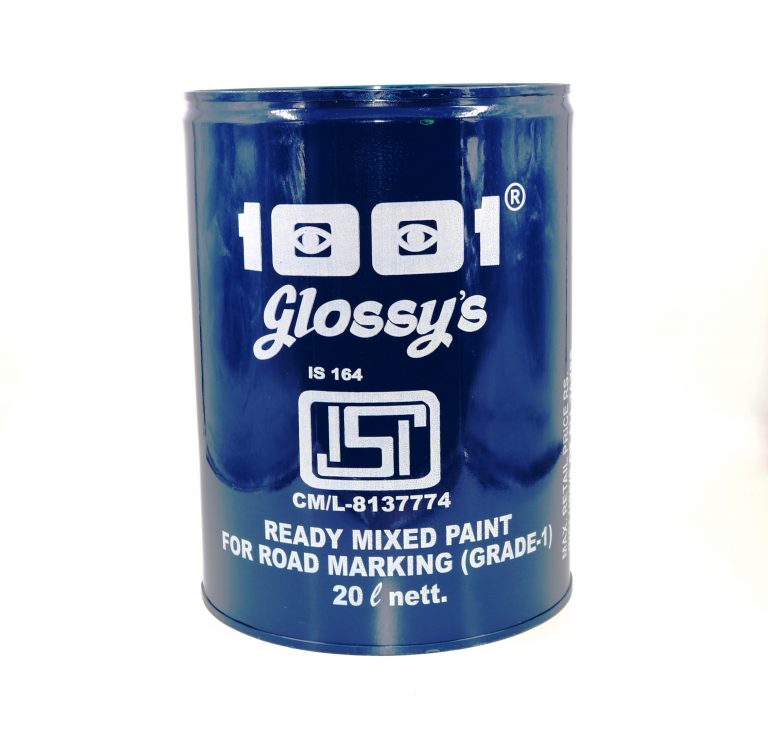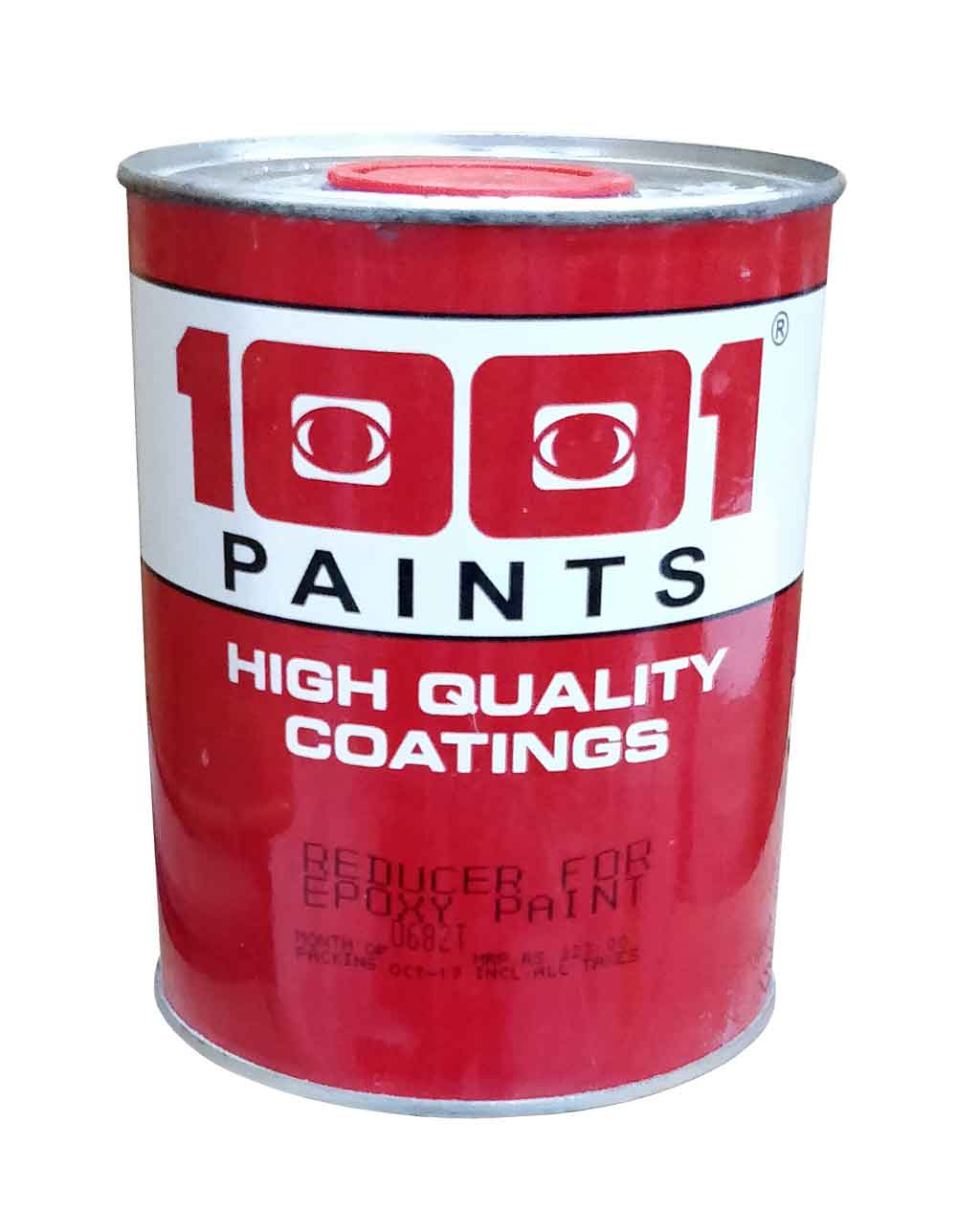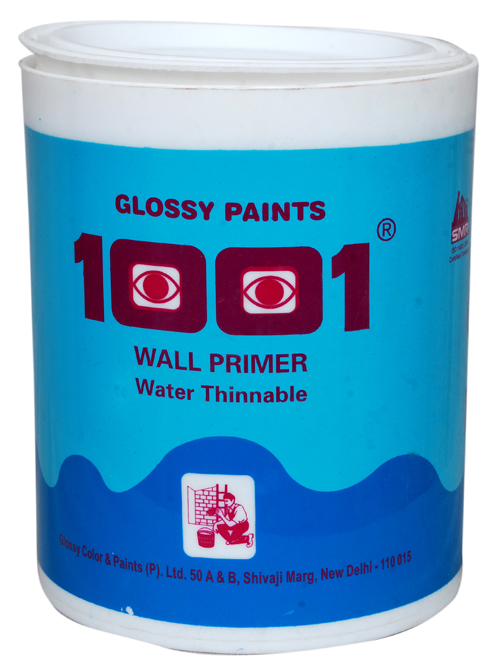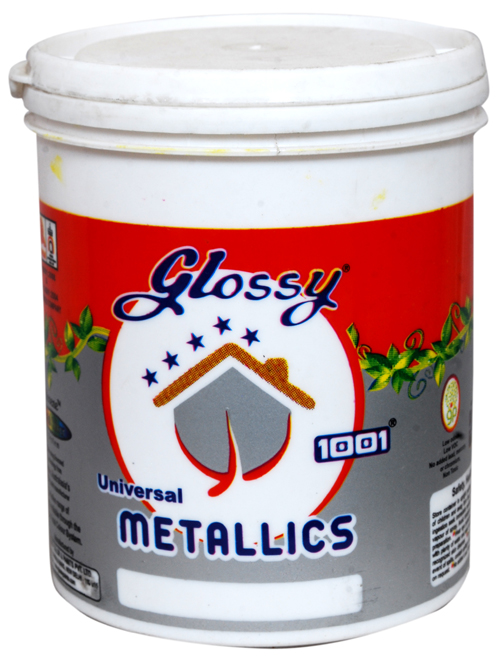Health & Safety Guidelines
At Glossy Paints, we take the safety of our employees and customers very seriously. We are committed to providing a safe work environment and ensuring the proper use of our products.
This guide outlines essential health and safety practices to follow while using our paints and working on painting projects.
Safe Work Practices:
-
Ergonomics:
- Lifting: When lifting paint cans, buckets, drums or other supplies, bend your knees and keep your back straight. Avoid lifting heavy objects alone; seek help for cumbersome items.
- Repetitive Tasks: Take breaks to stretch and avoid repetitive motions that can cause strain or injury.
-
Personal Protective Equipment (PPE):
- Eyes: Wear safety goggles or glasses to protect your eyes from paint splatters, dust, and fumes.
- Skin: Wear gloves to protect your hands from contact with paint and solvents. Opt for chemical-resistant gloves when using harsh chemicals.
- Lungs: When working in poorly ventilated areas or using paints with strong fumes, wear a respirator appropriate for the specific paint type.
-
Use of Tools and Equipment:
- Brushes and Rollers: Ensure brushes and rollers are in good condition before use. Replace worn-out tools to prevent bristles from falling out and creating a tripping hazard.
- Sprayers: Always follow the manufacturer's instructions for operating sprayers. Use them in well-ventilated areas and wear proper respiratory protection.
- Ladders: Choose the right size ladder for the job and ensure it is placed on a stable, level surface. Secure the ladder before climbing and avoid overreaching.
Hazard Identification and Reporting:
-
Electrical Hazards: Be aware of electrical wires and outlets before starting any painting project. Avoid using water near electrical equipment.
-
Tripping Hazards: Keep walkways clear of paint cans, buckets, tools, and other debris to prevent slips and falls.
-
Flammable Materials: Store flammable materials like Paint Reducers and rags in designated, well-ventilated areas away from heat sources.
-
Reporting Procedures: If you identify a potential hazard such as damaged electrical cords, leaking paint containers, or uneven surfaces, report it immediately to your supervisor.
Emergency Procedures:
- Fire Safety: Familiarize yourself with the location of fire extinguishers and know how to use them properly. Never fight a fire you cannot safely extinguish.
- First Aid: Basic first-aid knowledge is crucial. Glossy Paints recommends attending a first-aid training course. Have a first-aid kit readily available on-site.
- Evacuation Procedures: Be aware of the building's emergency evacuation plan. Know the designated exits and meeting points in case of fire or other emergencies.

